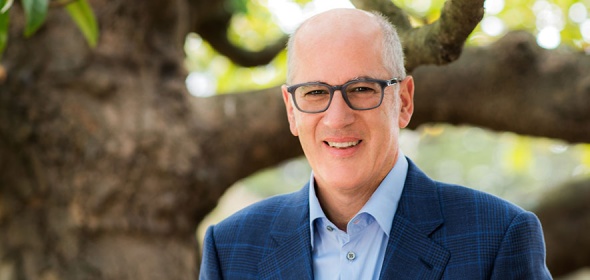by Kevin Rodondi, PharmD
How can clinicians manage costs without losing sight of patient outcomes? One common sense method involves talking to patients, understanding their challenges and involving them in the decision-making process. It’s such a simple idea, but it requires a shift in thinking and could ultimately transform the health care system. Here are five ways to integrate patient perspectives into care:
1. Understand patients’ challenges
CareMore, a California-based company that operates 26 care centers across the Southwest offers free rides to medical appointments, nurse visits for dressing changes and home monitoring technology that has reduced overall hospitalizations and reduced hospital length of stays. Some costly up-front interventions have had a tremendous impact on long-term costs, patient experiences and outcomes. The organization had to understand patients’ perspectives on navigating the health care system so that they could remove barriers to care. This can be done through focus groups, patient interviews and general empathy – putting ourselves in our patients’ shoes.
2. Ask patients and caregivers for their ideas
Patients are a source of treatment innovation. A small study done by an interdisciplinary group including economists, management experts and health professionals evaluated innovative problem solving in patients with rare diseases, and their caregivers. They found:
- 142 (36 percent) of patients or caregivers self-developed innovative solutions to manage the disease.
- 40 (eight percent) of these innovations were new to science.
- Patients disseminated their innovations within their rare disease communities.
These innovations were at no incremental cost to the health delivery system and resulted in improved patient outcomes and satisfaction.
3. Learn what patients want and include them in therapeutic decision-making
As clinician leaders we must balance the goals of our patients with the goals of health care delivery. This is an important point so I am going to repeat it – it isn’t our goals for our patients, it’s the patient’s goals aligned with the our goals of delivering good care. In Atul Gwande’s book Being Mortal he describes an approach on conversations with patients facing end of life decisions. Instead of describing the treatments we can provide to manage diseases – in cost effective ways, no doubt - we first start by asking patients what they want in light of their diagnosis. Some patients might value walking a daughter down the aisle in six months, celebrating a wedding anniversary in three months, or not dying in the hospital tied to machines, but dying peacefully at home. When our discussions center on patients’ goals for quality of life it can result in less expensive interventions more closely aligned with patients’ desires. We focus on the quality of their lives, not the treatment of their diseases.
4. Inform patients about the facts
The Center for Healthcare Decisions recently issued a report from work funded by the California Health Care Foundation and the Kaiser Permanente National Community Benefit Fund to get the public’s perspectives on reducing the use of unnecessary, harmful or wasteful health care. They convened workgroups and asked for perspectives on four theoretical scenarios. An interesting finding was that patients had a shift in views when asked before and after the work group whether or not payers should pay for any therapy a physician recommends even if there is evidence it may not work well. Before the work group, 55 percent of individuals strongly agreed or agreed that payers should pay regardless, whereas after the workgroup 27 percent agreed or strongly agreed. After these consumers were informed about the differences, they were more likely to favor value-based care.
5. Take time with patients and make a connection
The idea of taking the time to talk with patients was driven home for me when I helped lead a simple smoking cessation study in a chain pharmacy. We trained front line staff to take just a few minutes to ask patients dropping off prescriptions if they smoked, if they were interested in quitting, and if they wanted help quitting. One twenty-year smoker had tears in his eyes when he said, “no one ever asked me if I needed help to quit.”
One practitioner who does take the time to connect with patients is Stanford physician and author Abraham Verghese who conducts his initial visit with new patients over two separate days. In the first visit he talks with a patient to develop a connection and an understanding of who they are and their goals. Only during his second visit, once the connection has been established, does he conduct his physical exam. By taking the time to develop this connection he is better able to treat his patients consistent with what they value.
By taking a page from Verghese’s playbook and connecting with patients, understanding their challenges, asking them for their ideas and including them in therapeutic decision-making, we can reduce costs and achieve better outcomes – ultimately, transforming the health care system together.
About the author: Dr. Kevin Rodondi is the associate director of leadership at Healthforce Center in addition to being an associate clinical professor and McKesson Endowed Chair in the School of Pharmacy at UCSF. He is also a national instructor in the National Science Foundation Innovation Corps program for entrepreneurship. He provides transformational leadership development to health professionals and health care organizations as well as training in entrepreneurship for the academic and startup communities bringing new ideas, technologies, and products to market. Dr. Rodondi has over 20 years of experience as a serial entrepreneur in health care. Dr. Rodondi received his PharmD from the UCSF School of Pharmacy and completed residencies in both clinical practice and hospital pharmacy administration.
